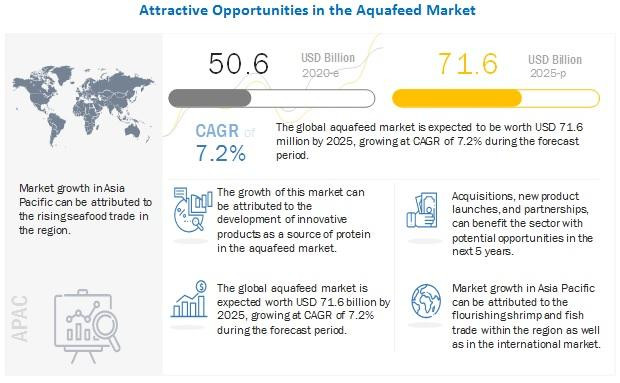The global food grade gases market is estimated to be valued at USD 7.6 billion in 2022. It is projected to reach USD 10.6 billion by 2027, recording a CAGR of 6.9% during the forecast period. Food-grade gases are defined as gases used as a processing aid or as an additive in the food beverage industry. These gases should comply with the standards set by regulatory bodies such as the FDA. They are used alone or in combination for freezing chilling, packaging, and for carbonation in certain beverages. Some of the most commonly used food-grade gases include carbon dioxide, nitrogen, oxygen, hydrogen, and argon. These gases are used for multiple end-uses such as meat, poultry, and seafood products, beverages, dairy frozen food products, and convenience food products.

Key players in this market include Linde Plc (Ireland), Air Products Chemicals, Inc. Air Liquide (France), Taiyo Nippon Sanso (Japan), The Messer group GmbH (Germany).
Download PDF Brochure @
https://www.marketsandmarkets.com/pdfdownloadNew.asp?id=9473111
The nitrogen gas segment is estimated to register a CAGR of 6.6% during the forecast period. The quick cooling/freezing properties of nitrogen help retain the quality of products by preventing dehydration and crumbling. These properties drive the demand for nitrogen in the food beverage industry.
Nitrogen is a colourless, odorless, non-toxic, inert gas, which is why it is widely used in the food beverage industry. Nitrogen displaces oxygen and decreases moisture inside of packaged food. Moisture in packaged foods creates bacteria, mold, and mildew, which is why nitrogen is necessary for the food preservation process. This gas also preserves freshness and retains nutrients, which helps the food or beverage last longer. Larger quantities of nitrogen may be required than oxygen or vice versa, depending on what food to preserve. Red meats tend to lose their color when they are deprived of oxygen, so less nitrogen is used when packaging red meat. On the other hand, coffee and beer require more nitrogen because it improves the quality of these drinks. Beer needs nitrogen to create foam, and coffee is dispensed with a higher pressure when brewed with nitrogen.
Some other applications of nitrogen are for sparging wines and filling the headspaces of various beverages to create an inert atmosphere and delay spoilage. Nitrogen is classified as a food additive when it is in direct contact with food and is designated an “E” number; the nomenclature for nitrogen is “E941.”.
The work-from-home trend has created a demand for carbonated beverages in many regions, which positively impacted the market growth.
Soft drinks, sparkling water (seltzer water), and carbonated wine, which has many of the same characteristics as fermented sparkling wine but is less costly to make, are examples of carbonated beverages. During carbonation, carbon dioxide is added to the liquid in a carbonator, where vaporized carbon dioxide is mixed under pressure with temperature-controlled water. Syrups, sweeteners, and other ingredients are then added to create the final product. This phenomenon is what makes soft drinks bubbly and fizzy. Beer is also one of the major carbonated alcoholic beverages, but beer manufacturers generally use the carbon dioxide that is produced during the fermentation process. Carbonation can also drive out the oxygen, which can make a beverage shelf-stable as long as it is sealed, keeping aerobic microbes away.
The popularity of carbonated beverages plays a crucial role in driving market growth. As carbonation increases the shelf-life of these beverages, manufacturers are increasingly using carbon dioxide, thereby increasing the scope for food-grade gases.
What is the current size of the global food grade gases market?
North America dominated the food grade gases market, with a value of USD 2.3 billion in 2022; it is projected to reach USD 3.4 billion by 2027, at a CAGR of 6.5 % during the forecast period.
Canada and Mexico witness the largest import of meat, fish, and seafood. In 2018, Canada was the largest export market for US agricultural products and accounted for 17% of the total exports. The major commodities exported to Canada are prepared foods, fresh processed vegetables, fresh processed fruit, meat meat products, snack foods, certain non-alcoholic beverages, chocolate cocoa products, condiments sauces, coffee, wine, beer, and pet food. The demand for perishable food imports has grown rapidly over the last 25 years since the introduction of supermarket food distribution systems in Mexico. Food Grade Gases are liquefied to promote a cryonic state for the preservation of frozen food items, which offers several chilling advantages: faster freeze rate and improved efficiency over mechanical freezers; increased production; reduced product dehydration; reduced bacterial activity; and increased shelf life. For this reason, nitrogen is most liquefied. Carbon dioxide may also be frozen as dry ice. As the demand for perishable foods is growing in North America, the need to chill, freeze, and package these products to improve their shelf life will increase, thereby increasing the scope for food-grade gases.





